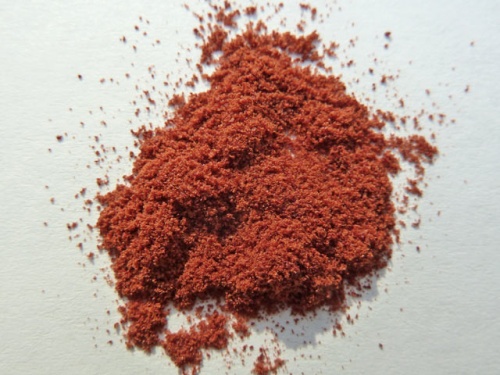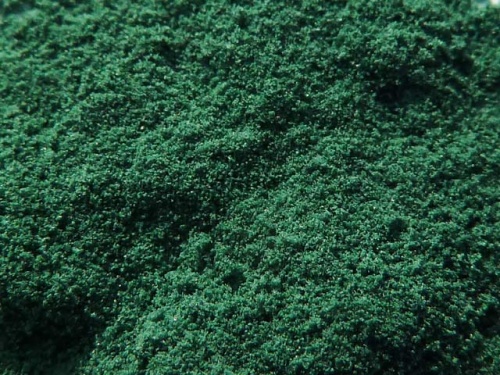Difference between revisions of "Leather chemistry"
| Line 8: | Line 8: | ||
==Is leather chemistry dangerous?== | ==Is leather chemistry dangerous?== | ||
| − | Leather production is one of the oldest industries and has always used chemicals, from smoke from wood fires to urine and tannins in plant materials. Leather has a long history of clever use of biomaterials, some of which may sound peculiar but were considered advanced science at the time. Nowadays, the leather industry is very cautious about chemical usage and continually adapts to new techniques and raw materials. Many traditional biochemical processes have been replaced by newer chemical methods, and there is a strong trend in the leather industry towards modern solutions to reduce overall chemical usage and eliminate chemicals that come from fossil fuels or can be harmful. | + | [[Leather production]] is one of the oldest [[leather industry|industries]] and has always used chemicals, from [[brain tanning|smoke from wood fires]] to urine and [[tannins]] in [[Vegetable-tanned leather|plant materials]]. [[Leather]] has a long history of clever use of biomaterials, some of which may sound peculiar but were considered advanced science at the time. Nowadays, the leather industry is very cautious about chemical usage and continually adapts to new techniques and raw materials. Many traditional biochemical processes have been replaced by newer chemical methods, and there is a strong trend in the leather industry towards modern solutions to reduce overall chemical usage and eliminate chemicals that come from fossil fuels or can be harmful. |
| Line 18: | Line 18: | ||
<p> </p> | <p> </p> | ||
| − | In leather production, as in all industries, it is of utmost importance to ensure that all employees receive proper training and have the necessary facilities and protective clothing to handle chemicals appropriately. It is also crucial to handle all waste (solid, liquid, and gaseous) safely and well within legal limits. Tanneries must comply with standards such as the EU REACH requirements for chemicals and often work with their customers on self-imposed restrictions that are more stringent. Many leather companies have additionally joined the ZDHC (Zero Discharge of Hazardous Chemicals) or established similar standards that go beyond national or regional laws. The best available leather technologies do not require toxic chemicals and are used in all major and modern tanneries worldwide. | + | In [[leather production]], as in all industries, it is of utmost importance to ensure that all employees receive proper training and have the necessary facilities and protective clothing to handle chemicals appropriately. It is also crucial to handle all waste (solid, liquid, and gaseous) safely and well within legal limits. Tanneries must comply with standards such as the EU REACH requirements for chemicals and often work with their customers on self-imposed restrictions that are more stringent for [[Leather sustainability and traceability|sustainable]] leather production. Many leather companies have additionally joined the ZDHC (Zero Discharge of Hazardous Chemicals) or established similar standards that go beyond national or regional laws. The best available leather technologies do not require toxic chemicals and are used in all major and modern [[tannery|tanneries]] worldwide. |
Latest revision as of 11:01, 13 June 2023
Contents
Is chemistry dangerous?
Chemistry is present in everything we eat, come into contact with, or smell. Improper handling of chemicals can be dangerous in any field. Chemicals are complex. Common table salt, which we use in our food, is necessary for our bodies but can irritate wounds and eyes. Overdosing on salt through food consumption can be harmful to our health. Additionally, if salt enters our groundwater, it can destroy it.
Is leather chemistry dangerous?
Leather production is one of the oldest industries and has always used chemicals, from smoke from wood fires to urine and tannins in plant materials. Leather has a long history of clever use of biomaterials, some of which may sound peculiar but were considered advanced science at the time. Nowadays, the leather industry is very cautious about chemical usage and continually adapts to new techniques and raw materials. Many traditional biochemical processes have been replaced by newer chemical methods, and there is a strong trend in the leather industry towards modern solutions to reduce overall chemical usage and eliminate chemicals that come from fossil fuels or can be harmful.
Vegetable tannins - Quebracho wood
In leather production, as in all industries, it is of utmost importance to ensure that all employees receive proper training and have the necessary facilities and protective clothing to handle chemicals appropriately. It is also crucial to handle all waste (solid, liquid, and gaseous) safely and well within legal limits. Tanneries must comply with standards such as the EU REACH requirements for chemicals and often work with their customers on self-imposed restrictions that are more stringent for sustainable leather production. Many leather companies have additionally joined the ZDHC (Zero Discharge of Hazardous Chemicals) or established similar standards that go beyond national or regional laws. The best available leather technologies do not require toxic chemicals and are used in all major and modern tanneries worldwide.
Chromium (III) oxide in powder form.
Additional information
- Leather production
- Leather sustainability and traceability
- Chrome tanned leather
- Vegetable-tanned leather
- Mineral tanning
- Synthetic tanned
- Chamois leather
- Tawing with alum
- Brain tanning
Video about leather production
The leather production in a modern tannery.
| Tanning methods |
|---|
| Chrome tanning - Vegetable-tanned leather - Synthetic tanning - Tanning with fats and oils |










 a kotori web solution
a kotori web solution